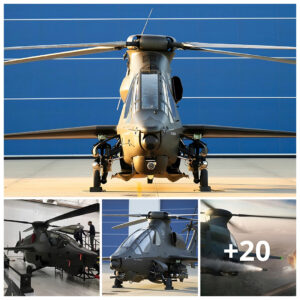WASHINGTON — The F-35 Joint Program Office cleared Raytheon’s Pratt & Whitney unit to resume delivering F135 engines for new Joint Strike Fighters, two months after deliveries were halted following a mishap.
Engineers with the company and other organizations developed a solution to mitigate “a rare system phenomenon involving harmonic resonance” in the engines, which is expected to clear the way for newly-built F-35s and other affected fighters to fly again, the JPO said in a statement Friday.
However, the newer fighters are not yet allowed to fly, which means a halt in F-35 deliveries is still in place.
“The government is currently working to provide instructions to the fleet and to Lockheed Martin to enable safe resumption of flight operations of impacted aircraft and new production aircraft,” the JPO said.
A source familiar with the program told Defense News flight operations could resume in one to two weeks.
A spokesperson for Raytheon, which owns Pratt & Whitney, sent an email to reporters with the JPO’s statement, but the company did not release its own statement.
Most F-35s are built in Lockheed’s main facility in Fort Worth, Texas. Before Lockheed can deliver them to the government, the fighters must be tested in acceptance flights to ensure they are working as intended.
On Dec. 15, a new F-35B undergoing a quality check flight for the Defense Contract Management Agency experienced an issue that led to its Air Force pilot to eject. The fighter first hovered, then descended and bounced on the ground. It then tipped forward until its nose and a wing touched the ground and started to spin around, at which point the pilot ejected. safely
Lockheed immediately halted acceptance flights, which had the effect of shutting down deliveries.
Initial assessments in the F-35B mishap investigation found a high-pressure fuel tube had failed.
In a statement to Defense News this month, Jen Latka, vice president of the F135 program for Pratt & Whitney, said a “thorough review” had found no quality issues with that fractured fuel tube, and that a rare “harmonic resonance” problem was to blame.
The JPO grounded what it described as a small number of F-35s, which it said were at a higher risk of suffering an engine problem, after the Dec. 15 F-35B incident.
Lockheed continues to build new F-35s. Those fighters are being stored at Fort Worth until they can be flown and delivered.
As of Feb. 10, Lockheed said it had 17 completed F-35s awaiting acceptance flights.
:quality(70)/cloudfront-us-east-1.images.arcpublishing.com/archetype/AT3VJP7L7NA5VHH4K3IFD4AJAM.jpg)





